Located in Dugny, just outside Paris, the National Air and Space Museum of France was the destination of a memorable school trip I took as a child. Even today, I vividly recall the sense of wonder it sparked in me.
That’s why I recently returned—this time with my son, who’s passionate about airplanes. It was the perfect opportunity for him to explore something he loves while spending quality time outdoors.
The Museum
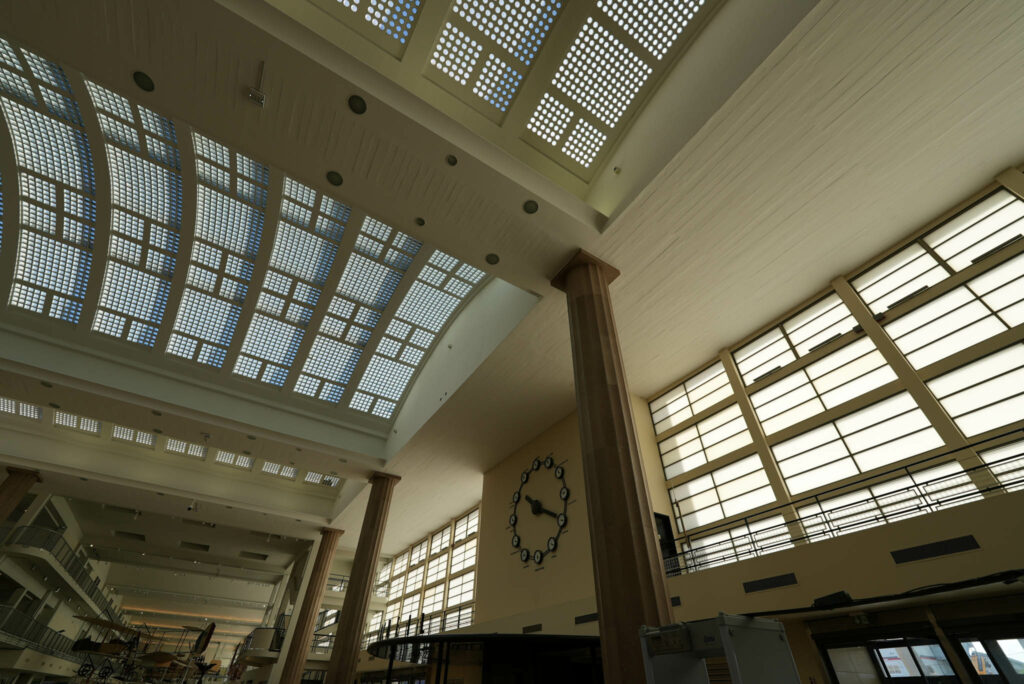
The museum is housed within Le Bourget Airport, situated between Paris and Charles de Gaulle Airport. It offers free admission on the first Sunday of every month for French citizens, or you can pay 17 euros per adults making it an accessible and affordable outing.
Spread across expansive grounds, the museum is divided into large hangars and open tarmacs, complete with a control tower. The setting itself is impressive—you can even spot private jets in the background, reminding you that this is still a functional airport.
There’s also a spacious parking area right at the entrance, which is refreshingly affordable compared to typical Parisian parking fees.
Our Experience
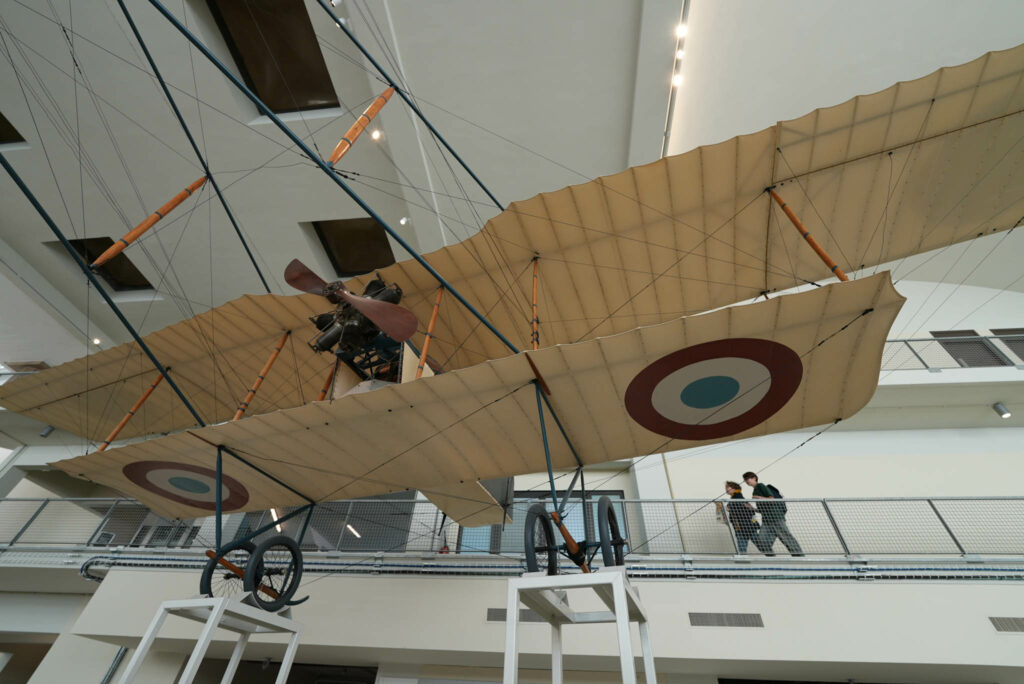
This museum is an ideal destination for children, particularly those fascinated by aviation. It’s clear that the experience has been thoughtfully crafted with young visitors in mind. That said, adults—whether aviation enthusiasts or simply curious minds—will find it just as engaging.
For example, the museum features numerous screens showcasing simulated missions inside aircraft, enhanced by immersive sound and visuals that make you feel fully part of the action. There are also arcade-style simulators that let you try your hand at piloting helicopters or planes.
There are also small replicas displayed in showcases that kids often wish they could touch and play with. Luckily, the museum has a souvenir store where they can satisfy this desire.
Inside, visitors are taken on a journey through aviation history. The aircraft collection spans from the earliest flying machines to modern jet fighters and helicopters, each section carefully curated by era.
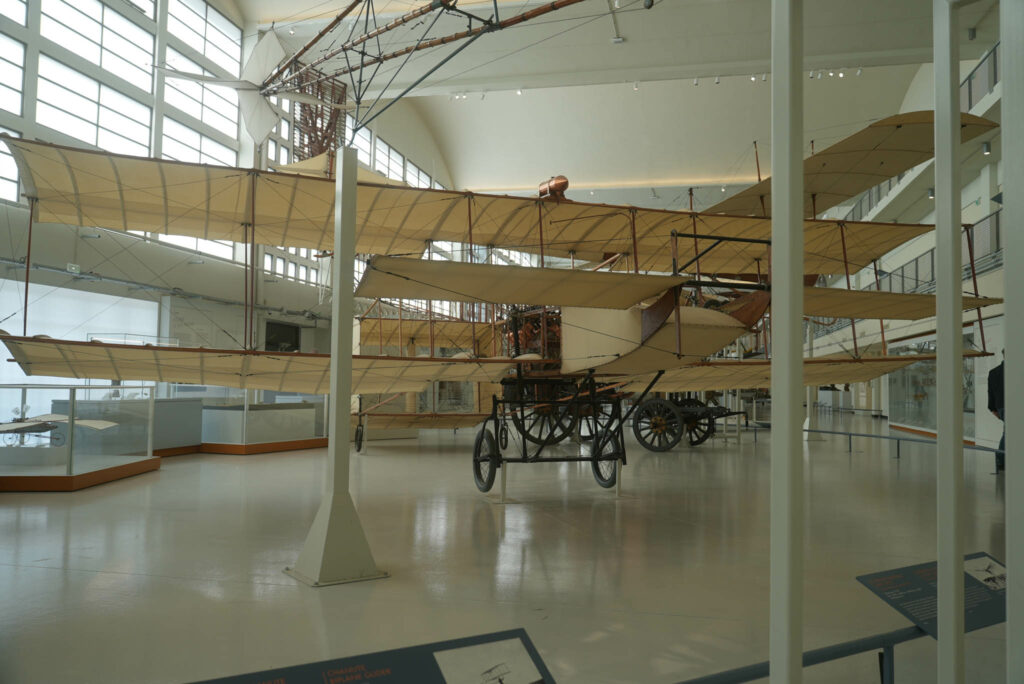
The exhibit begins with pioneering aircraft made from materials like wood and unbleached muslin—hardly the most robust materials, but remarkable for their time. As the timeline progresses, you’ll see the transition to sleek, steel-framed aircraft, some resembling flying automobiles or boats.
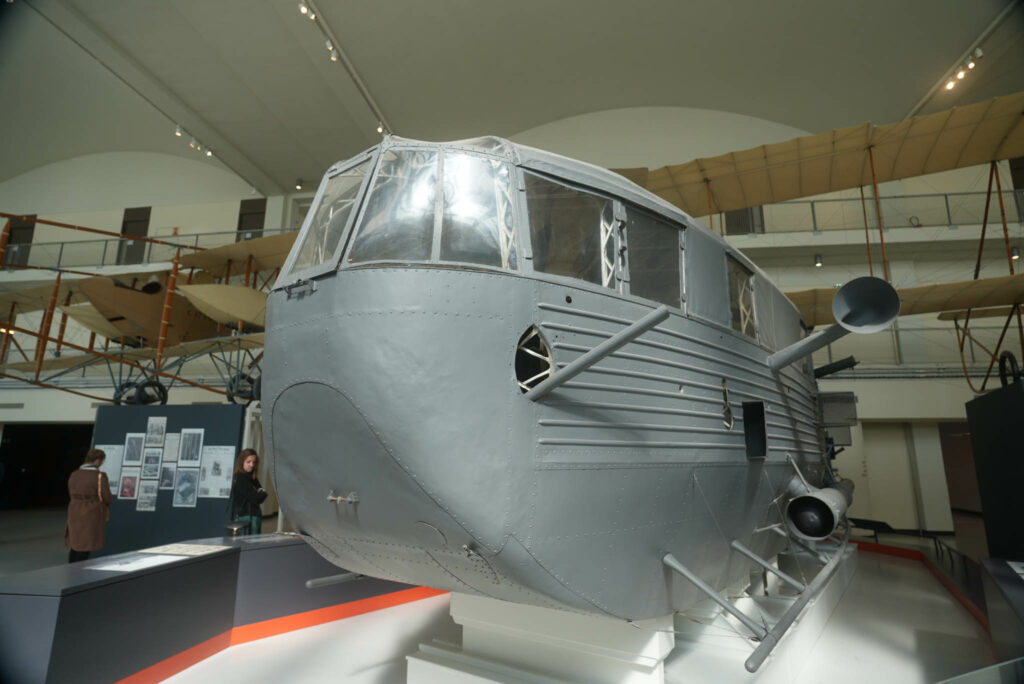
It’s only when you step inside a commercial aircraft like a Boeing that you grasp the staggering precision involved in its construction. Thousands of rivets, each one crucial to the structure and safety of the plane, reflect the meticulous nature of aerospace engineering.
What struck me most during our visit was the opportunity to climb aboard several of these aircraft and get a peek behind the scenes. From an engineering perspective, it’s utterly fascinating. The craftsmanship and complexity required to make a plane fly are truly awe-inspiring.
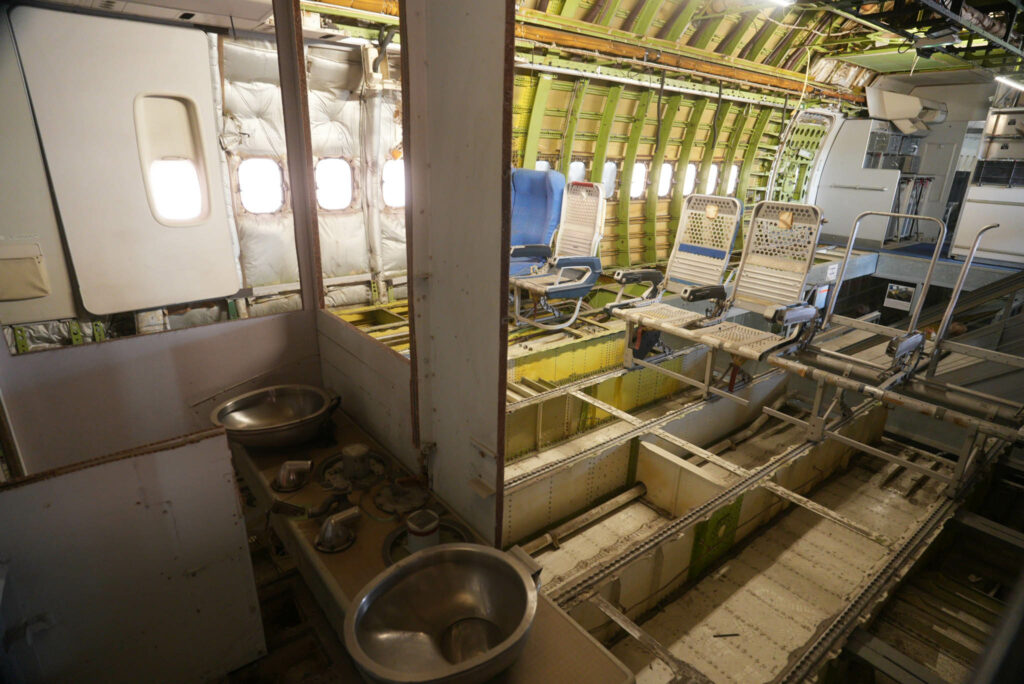
Most of us interact with machines like cars purely as users—we might occasionally pop the hood, but rarely do we see the inner framework. In contrast, viewing the stripped-down chassis of these aircraft offers a powerful reminder of human ingenuity.
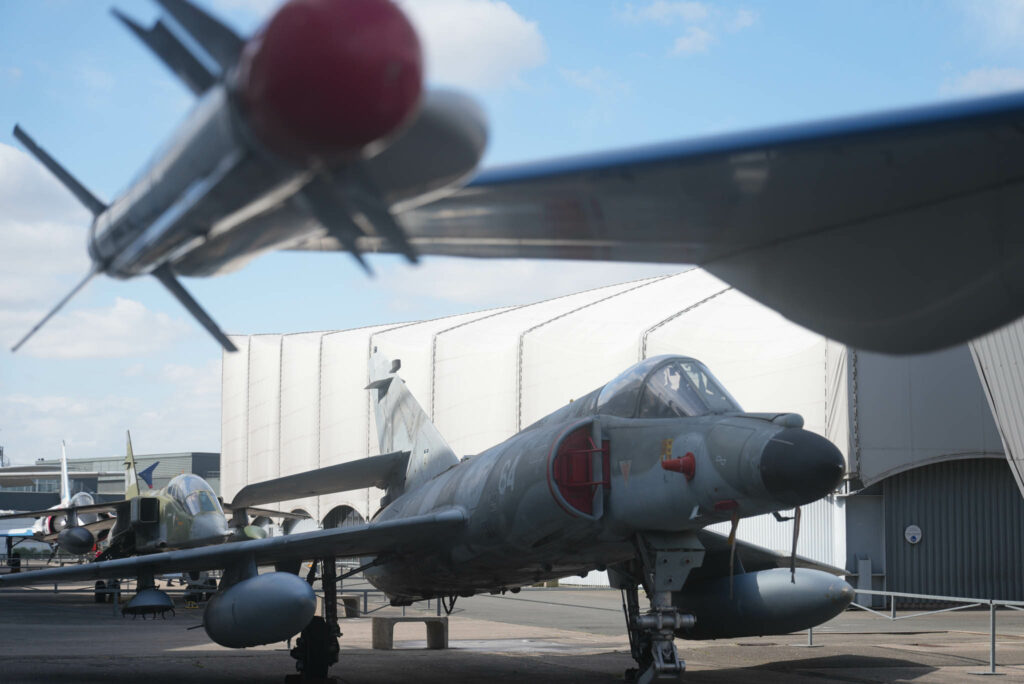
The museum also features an extensive engine display. While some look like a nightmare to maintain, the jet fighters appear surprisingly compact—yet their sleek, aerodynamic designs are nothing short of artful. The jet nozzles in particular left a strong impression.
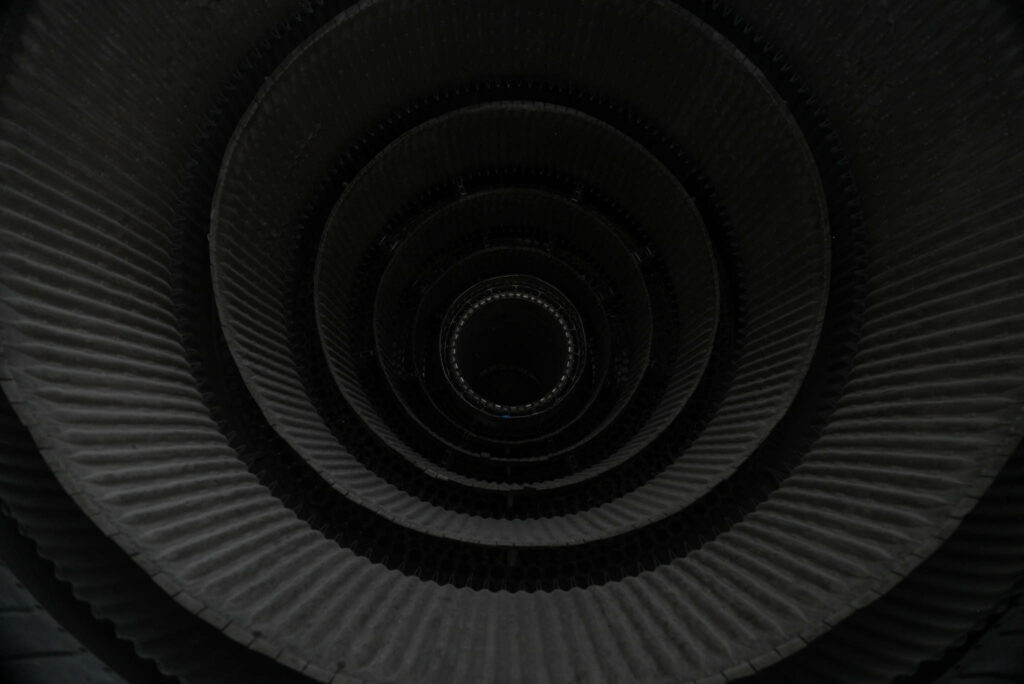
The space section, housed in a darker, more atmospheric area, was another highlight. It was both educational and intriguing to see the interiors of various spacecraft.
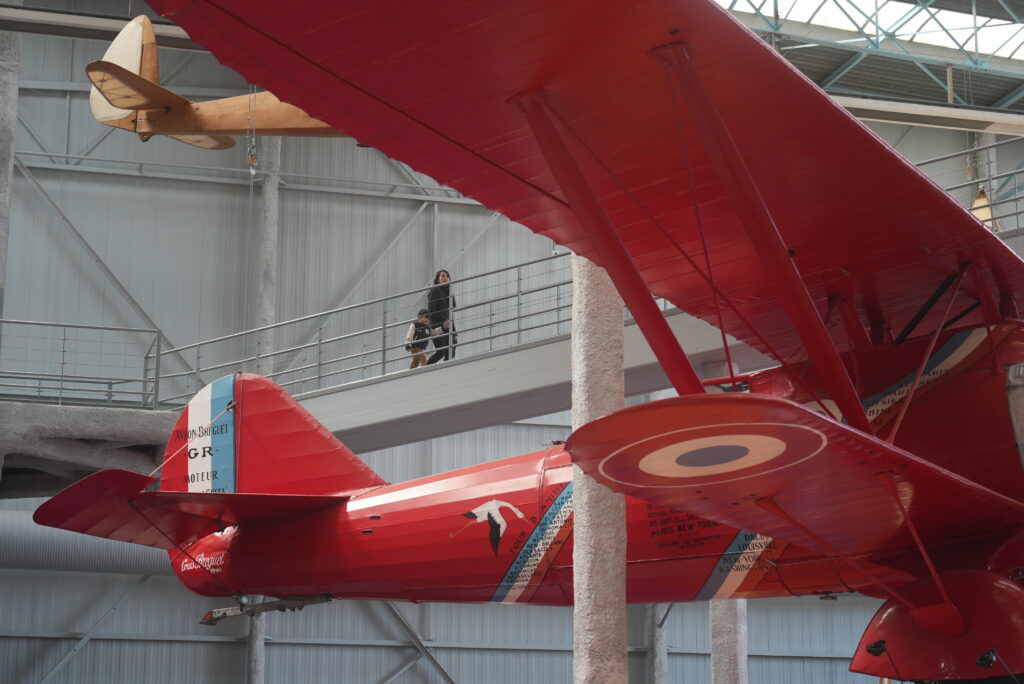
One of our favorite parts of the museum was a multi-level area, perfect for capturing creative family photos. The different levels offer unique angles and allow for interesting compositions with the planes and surrounding structures.
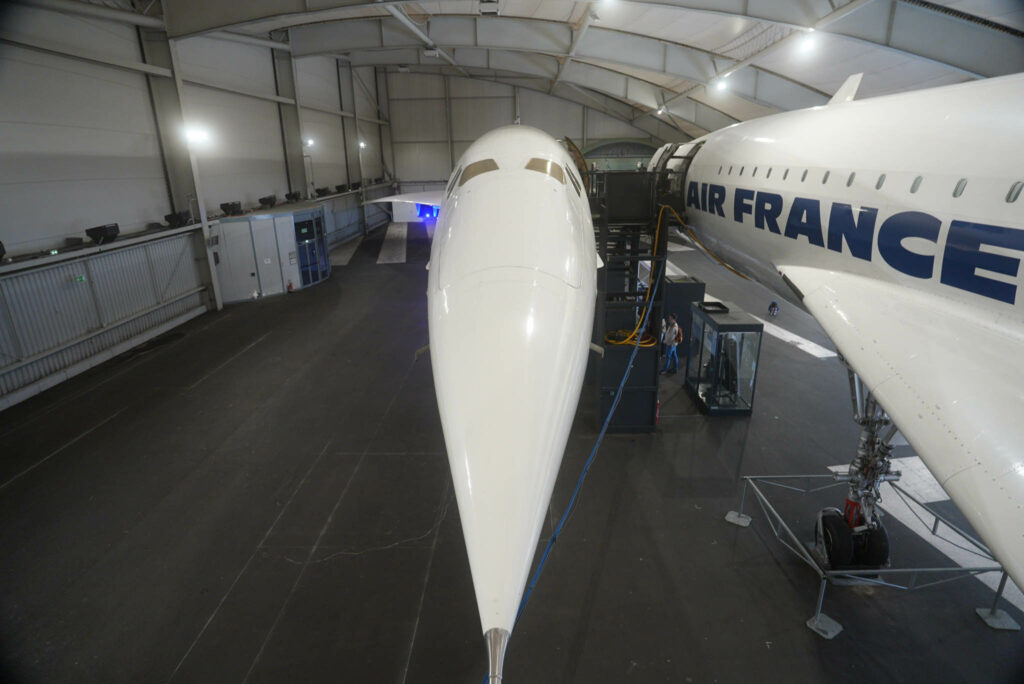
But without a doubt, the crown jewel of the visit was exploring the Concorde. Though no longer in service, stepping inside this supersonic marvel was a unique experience. A symbol of technological ambition, the Concorde remains a testament to what’s possible when engineering pushes the boundaries of speed and elegance.
Perhaps one small regret: not having the opportunity to step aboard the Airbus A380, one of the largest passenger aircrafts, to whose construction France made a significant contribution.
The restaurant
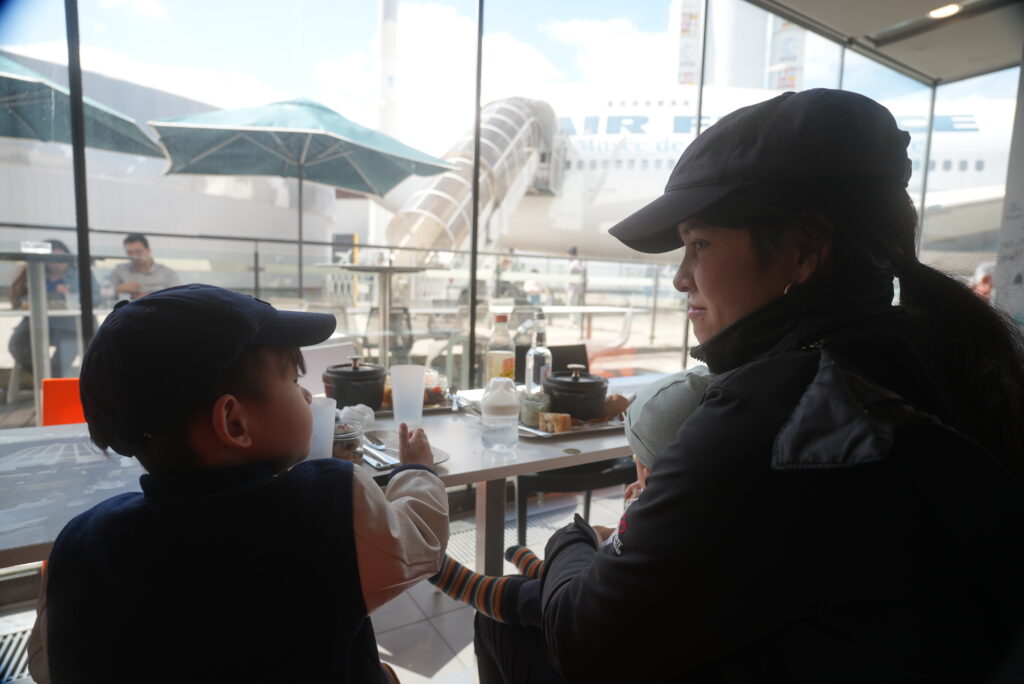
The restaurant, called L’Hélice, reminded us of the one we visited at the Paris Zoo in terms of its setup — with appetizers served in small verrines and main courses presented in cast iron cocottes.

The food was delicious, as you’d expect in France, where attention to quality and detail is always top-notch. We left feeling full and satisfied, and the prices were very reasonable—especially for a restaurant located inside a museum 20 euros the menu for adults and 11 euros for children.

What I appreciate about cafeteria-style restaurants in museums is that the food is typically well-balanced and healthy.
Even the bottled water from the vending machine was just €1.50, which is cheaper than what you’d find in most train stations.
Other activities
The museum features an auditorium named Roland Garros, a designated play area for children aged 6 to 12, and even a cozy nursery-like space for toddlers, ensuring that visitors of all ages have a memorable and enjoyable experience.
Conclusion
8.2 out of 10.
The National Air and Space Museum of France is a hidden gem just outside Paris, offering a rich and immersive experience for both children and adults. Whether you’re a passionate aviation enthusiast or simply looking for an engaging family outing, the museum delivers on all fronts—education, entertainment, and wonder.
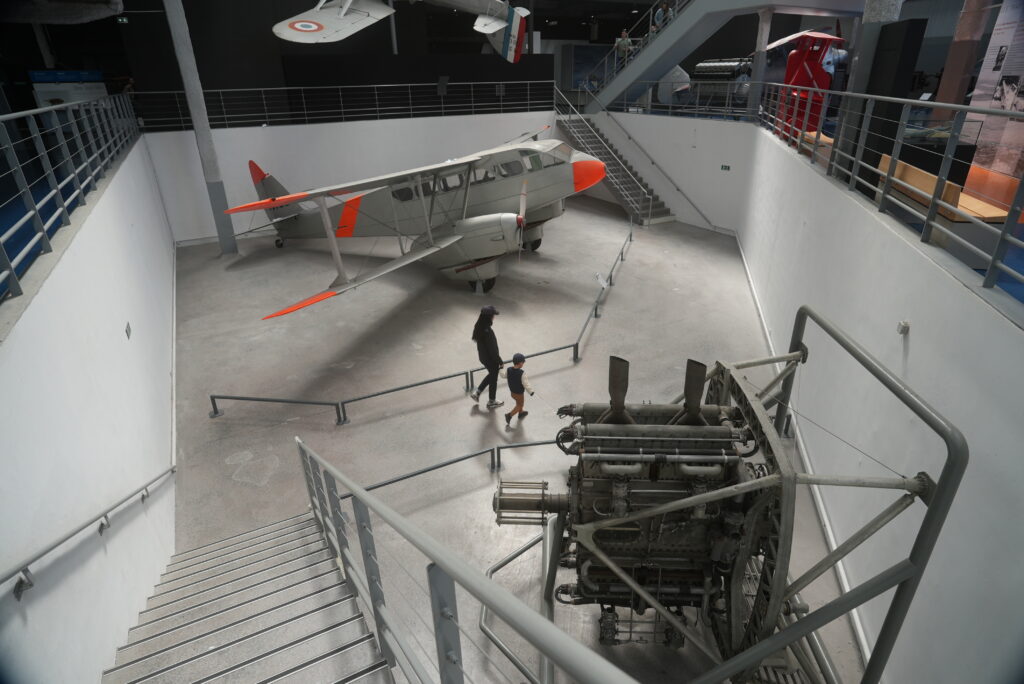
With its thoughtfully designed exhibits, impressive aircraft collection, interactive displays, and family-friendly facilities, it’s an inspiring place that showcases the brilliance of human ingenuity. A visit here is not only enjoyable but also deeply memorable. Highly recommended.
Informations
Musée de l’Air et de l’Espace
Address: Aéroport de Paris-Le Bourget, 93352 Le Bourget
Phone: 01 49 92 70 00
Website: https://www.museeairespace.fr


GIPHY App Key not set. Please check settings